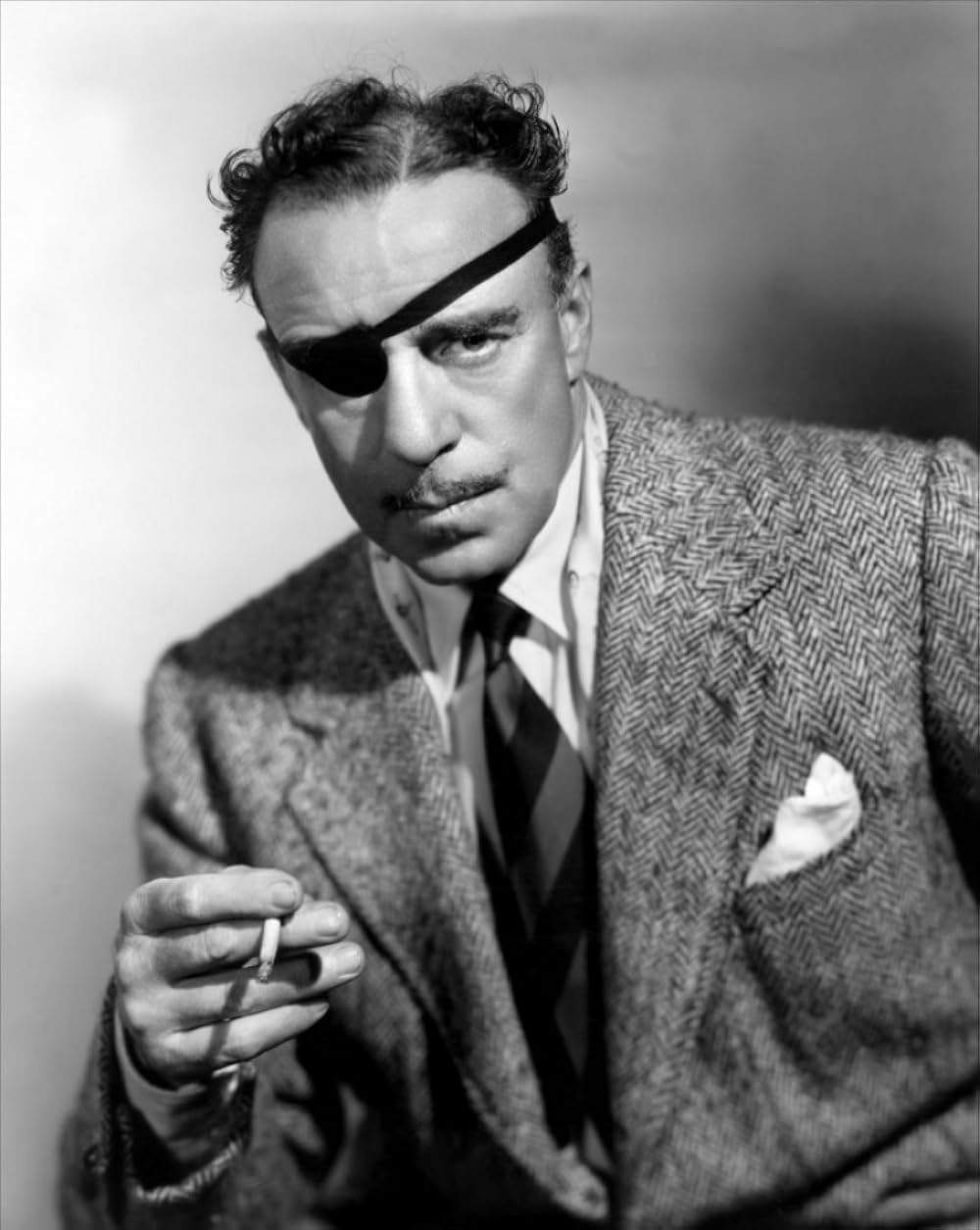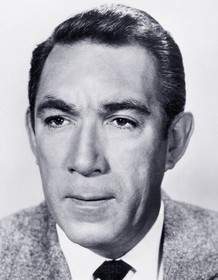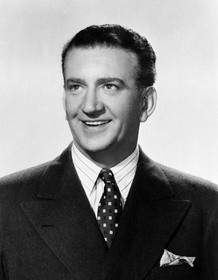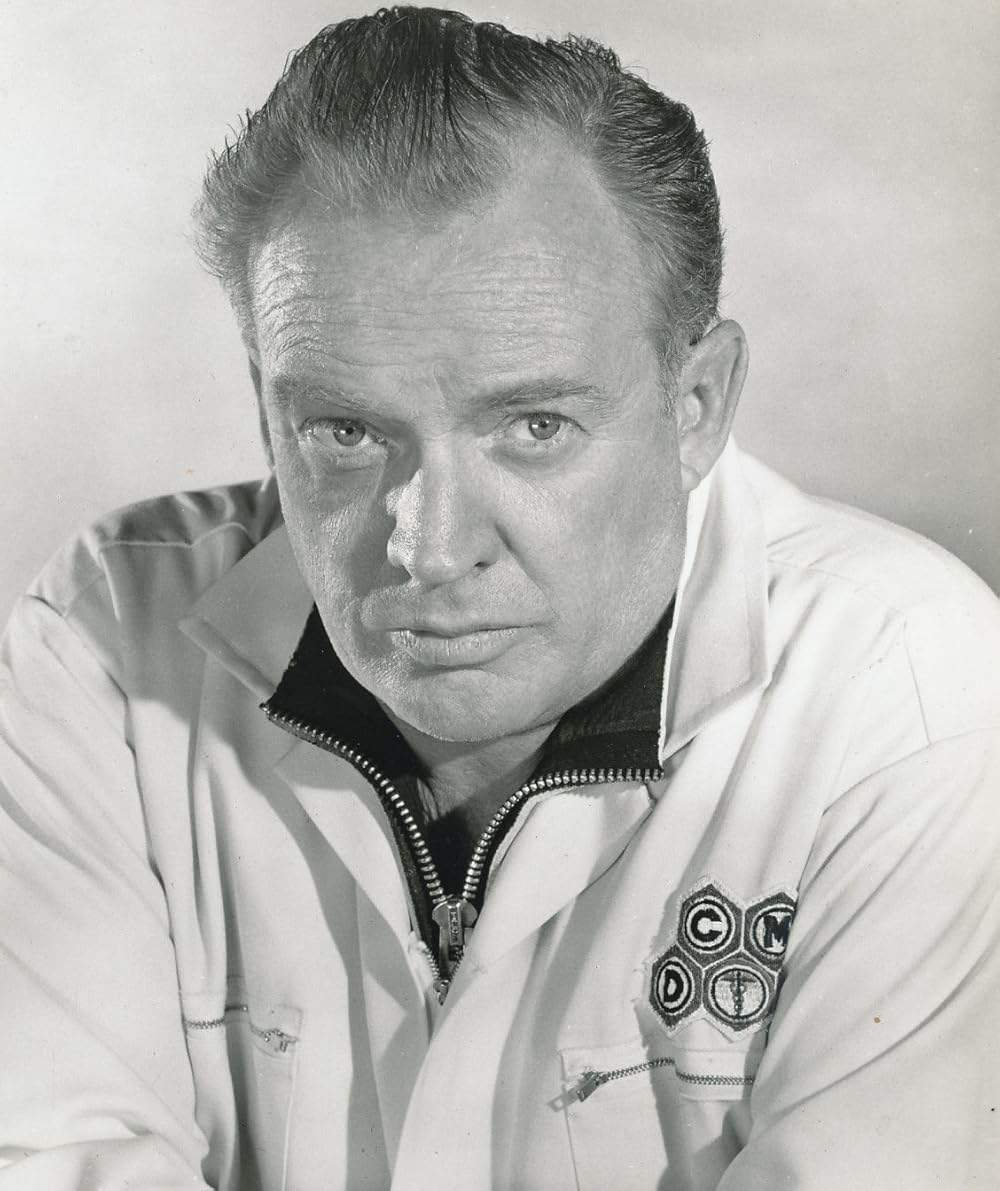They Died with Their Boots On 1942

A hardened bounty hunter embarks on a perilous journey to rescue the son of the outlaw who betrayed him years before. Driven by a desire for redemption, he traverses a dangerous landscape filled with shifting allegiances and simmering tensions. Facing both external threats and his own internal struggles, he must grapple with the complexities of vengeance and the brutal consequences of a long-ago conflict.
Does They Died with Their Boots On have end credit scenes?
No!
They Died with Their Boots On does not have end credit scenes. You can leave when the credits roll.
Meet the Full Cast and Actors of They Died with Their Boots On
Explore the complete cast of They Died with Their Boots On, including both lead and supporting actors. Learn who plays each character, discover their past roles and achievements, and find out what makes this ensemble cast stand out in the world of film and television.
External Links and Streaming Options
Discover where to watch They Died with Their Boots On online, including streaming platforms, rental options, and official sources. Compare reviews, ratings, and in-depth movie information across sites like TMDb, Wikipedia, Rotten Tomatoes or Metacritic.
Ratings and Reviews for They Died with Their Boots On
See how They Died with Their Boots On is rated across major platforms like IMDb, Metacritic, and TMDb. Compare audience scores and critic reviews to understand where They Died with Their Boots On stands among top-rated movies in its genre.

75
Metascore
tbd
User Score

66
%
User Score
Take the Ultimate They Died with Their Boots On Movie Quiz
Challenge your knowledge of They Died with Their Boots On with this fun and interactive movie quiz. Test yourself on key plot points, iconic characters, hidden details, and memorable moments to see how well you really know the film.
Their Boots: Custer's Quest and Sacrifice: Test your knowledge of George Armstrong Custer's life and the events of 'They Died with Their Boots On'.
What title does Custer mistakenly secure due to a promotion error?
Full Plot Summary and Ending Explained for They Died with Their Boots On
Read the complete plot summary of They Died with Their Boots On, including all major events, twists, and the full ending explained in detail. Explore key characters, themes, hidden meanings, and everything you need to understand the story from beginning to end.
George Armstrong Custer, portrayed by Errol Flynn, makes a striking entrance at West Point, donning a flamboyant uniform that attracts more attention typical of a visiting dignitary than that of a mere cadet. This mix-up leads him to enroll as a cadet, where he quickly accumulates demerits due to his mischievous behavior and blatant disregard for regulations. As the Civil War breaks out, Custer finds himself at the bottom of his class, wrestling with the consequences of his earlier actions.
In a twist of fate, as punishment, he is assigned to a solitary tour which soon sees a surprise encounter with Libbie Bacon, who seeks assistance from the lost cadet. After completing his tour, Custer eagerly seeks her out to apologize for his previous silence and extends an invitation for a visit. However, fate pulls him away when he graduates early and is ordered to report to Washington, D.C., thus missing his chance to connect with Libbie.
Later on, Custer crosses paths with Gen. Winfield Scott, characteristically portrayed by Sydney Greenstreet, who helps him secure a post with the 2nd U.S. Cavalry. His courageous actions during a pivotal battle turn him into a national hero when he defies orders to protect a crucial bridge for Union soldiers. His bravery earns him a medal, and he takes a leave to return to his hometown of Monroe, Michigan, where he reunites with Libbie at her family estate. However, their reunion is overshadowed by her father’s disapproval of Custer’s past, leading to his ejection from their home. Unfazed, Custer rejoins his regiment.
The plot thickens when a blunder from the Department of War mistakenly elevates him to the rank of brigadier general, assigning him to lead the Michigan Brigade in the Battle of Gettysburg. His tactical skills prove fruitful, leading to significant victories. Eventually, he returns home as a celebrated war hero to marry Libbie in a grand ceremony, honored by a full guard.
Yet, the thrill of civilian life soon begins to pall for Custer, who falls into the pitfalls of excessive drinking. Seeking to rekindle his sense of duty, Libbie turns to Gen. Scott, asking him to reassign her husband. Heeding her request, Scott commissions Custer as a lieutenant colonel in the Dakota Territory, where he hopes to rediscover his military zeal.
Upon arriving at Fort Lincoln, Custer and Libbie are met with an unrecognizable reality: the soldiers stationed here are far from the disciplined army he once knew, instead appearing as a disheveled and unruly group. The chaos is largely attributed to Ned Sharp, played by Arthur Kennedy, an old rival from West Point operating a trading post and saloon under government license. Sharp’s illicit activities include secretly supplying Native Americans with Winchester repeating rifles, igniting Custer’s righteous indignation. Responding decisively, Custer halts the sale of weapons and closes the saloon, implementing discipline and camaraderie to reshape the soldiers into a proud and capable unit.
Under Custer’s astute leadership, the U.S. 7th Cavalry undergoes a dramatic transformation, earning them national praise. Engagements with Lakota tribal chief, portrayed by Anthony Quinn, lead to peace talks and a treaty intended to safeguard the sacred Black Hills. However, was a further complication arises when Sharp’s trading posts suffer financially due to the treaty, sparking his malicious intent to ruin Custer’s reputation by spreading rumors of a golden discovery in the Black Hills. This leads settlers to flock to the area, but Custer remains steadfast in his commitment to uphold the treaty and enforce discipline.
Sharp’s scheme ultimately culminates in calamity when he offers free liquor to Custer’s men just hours before an important inspection by Commissioner Taipe, a politician linked to Sharp. The situation spirals into an embarrassing debacle, leaving observers appalled. Furious over the betrayal, Custer confronts both Sharp and Taipe, which quickly results in him being relieved of his command.
Facing a court-martial in Washington, Libbie informs Custer of emerging gossip regarding the gold rush in the Black Hills. His initial skepticism transforms into rage as he discerns the motivations behind the scheme. Fighting to unveil the truth, he approaches the U.S. Congress only to be met with ridicule.
In a critical turn of events, conflict ignites between Lakota warriors and U.S. troops, spurred by the gold rush. Eager to regain his lost standing, Custer takes his plea directly to President Ulysses S. Grant, appealing as a soldier to another for the chance to redeem himself.
As Custer’s carriage arrives back at Fort Lincoln, the grim reality settles in: his small detachment of cavalry stands as the last line of defense to rescue a beleaguered group of U.S. infantrymen besieged by Lakota warriors. With an understanding of the grave circumstances, filled with an unyielding sense of duty, he prepares to face overwhelming odds. Before parting from Libbie for potentially the last time, they share a tender moment, a bittersweet farewell filled with unspoken hopes.
Amidst an unsettling silence, Custer views the horizon where countless Native American tribesmen converge in unison, fighting for their justice. Outnumbered and surrounded, Custer’s brave final stand takes shape, embodying a fleeting moment of resolve against insurmountable challenges before the inevitable unfolds: Custer’s cavalry is decimated, leaving behind resonant echoes of their gallantly displayed courage.
Meanwhile, in Washington, D.C., corrupt politicians manipulate the Native American tribes for their financial interests, jeopardizing the safety of white settlers in the Dakota Territories. Custer’s noble sacrifice at the Battle of Little Bighorn, while tragic, seems unable to halt the advancing tide of the Native American fight for sovereignty.
In his final efforts to alleviate his burden and redeem the honor of his fallen comrades, Custer pens a heartfelt letter to Libbie, revealing the bitter truth of the circumstances that engineered the conflict. This document, recognized as his dying testament, lays bare the injustice faced by Native Americans, thus transforming Custer’s defeat into a profound declaration of bravery and integrity.
Watch Trailers, Clips & Behind-the-Scenes for They Died with Their Boots On
Watch official trailers, exclusive clips, cast interviews, and behind-the-scenes footage from They Died with Their Boots On. Dive deeper into the making of the film, its standout moments, and key production insights.
Quick Links: Summary, Cast, Ratings, More

What's After the Movie?
Not sure whether to stay after the credits? Find out!
Explore Our Movie Platform
New Movie Releases (2025)
Famous Movie Actors
Top Film Production Studios
Movie Plot Summaries & Endings
Major Movie Awards & Winners
Best Concert Films & Music Documentaries
© 2025 What's After the Movie. All rights reserved.




















